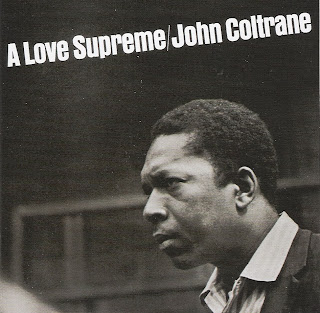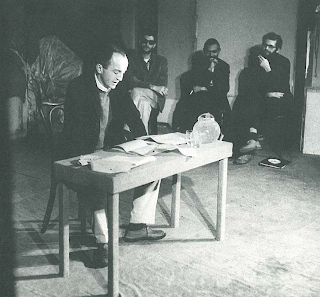
Wikipedia - "'What Time Is Love?' is a song released, in different mixes, as a series of singles by the band The KLF. It featured prominently and repeatedly in their output from 1988 to 1992 and, under the moniker of 2K, in 1997. In its original form, the track was an instrumental acid house anthem; subsequent reworkings, with vocals and additional instrumentation, yielded the international hit singles 'What Time Is Love? (Live at Trancentral)' (1990) and 'America: What Time Is Love?' (1991), which respectively reached # 5 and # 4 in the UK Singles Chart and introduced The KLF to a mainstream international audience. The KLF co-founders Jimmy Cauty and Bill Drummond began releasing music in March 1987, under the pseudonym The Justified Ancients of Mu Mu (The JAMs), named after a cultish organisation from The Illuminatus! Trilogy novels. The JAMs' output was created from plagiarised samples of popular music grafted together to form new songs, with beatbox rhythms and Drummond's often political raps. Initially hip hop-oriented, The JAMs' sound soon inclined towards house music."
Wikipedia
YouTube: "America: What Time Is Love?", "What Time Is Love?"
2009 May: The KLF, 2011 June: Justified & Ancient, 2013 May: "3 a.m. Eternal".
















.jpg)








